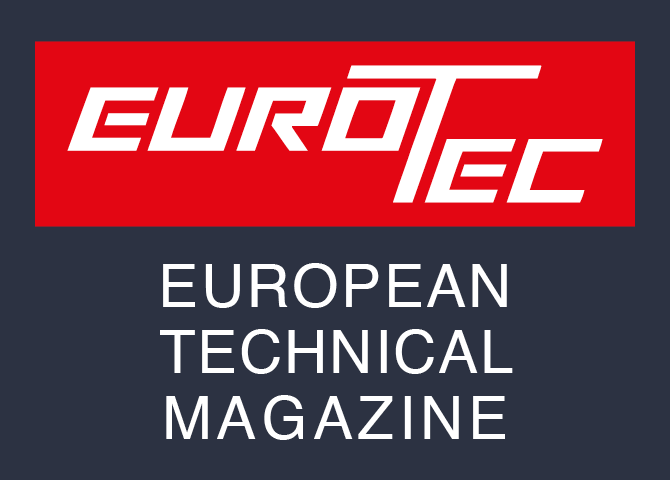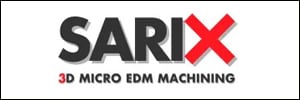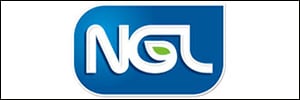Thanks to the 12-blade thread whirler from Utilis, the medical technology firm Stuckenbrock Medizintechnik GmbH was able to almost halve the machining time for the production of bone screws. The increased number of blades and high-pressure cooling means that the service life has been almost doubled and the surface finish improved.
Thread whirling: a must! In recent years, the whirling of threads for manufacturing high-quality screws for the medical technology industry and other sectors has become established. This manufacturing process is particularly suitable for long workpieces with small diameters, e.g. bone screws.

Thread-whirling: Efficiency, quality and short chips If the length is more than three times the diameter, unstable conditions arise when long workpieces are machined – the workpiece starts to bend. Because of the unfavourable length to diameter ratio, the conventional processes, such as thread cutting, become problematic, or the workpiece can no longer be machined at all. With thread-whirling on the other hand, the cutting point is close to the guide bush of the Swiss-type automatic lathe, and is produced in a single operation from bar stock. This provides for a stable cutting situation, short machining times, high surface quality and long service life. […]
Higher number of blades for longer service life Instead of conventional whirling tools with the usual 3 or 6 blades, Utilis AG supplies tools with 9 or 12 blades. Using these innovative tools allows customers to profit from shorter machining times, longer service life and higher cutting speeds, as the example of Stuckenbrock Medizintechnik GmbH clearly shows. […]
High-pressure cooling for chip removal To produce their bone screws, Stuckenbrock uses a Deco 20 from Tornos. The Swiss-type automatic lathe did, however, have to be fitted with a high-pressure cooling system. The spaces between the teeth on the 12-blade thread-whirling heads are very narrow, which means that chips are not so easily removed if there is insufficient pressure. From 29.9 to 17 seconds In the end, the results exceeded Stuckenbrock’s expectations. They were able to almost halve the machining time – from 29.9 to 17 seconds. At the same time, the service life was also increased from 4 to 7 shifts, leading to an improvement in the finish.
We will come back on this technology leap in a later issue of Eurotec.
Utilis AG, precision tools Kreuzlingerstrasse 22 8555 Müllheim, Switzerland Tel. +41 (0) 52 762 62 62 Fax +41 (0) 52 762 62 00 [email protected] www.utilis.com
Stuckenbrock Medizintechnik GmbH Lessingstrasse 50 D-78532 Tuttlingen, Germany Tel. +49 (0) 7461 161 114 Fax +49 (0) 7461 4194 www.stuckenbrock.de





















